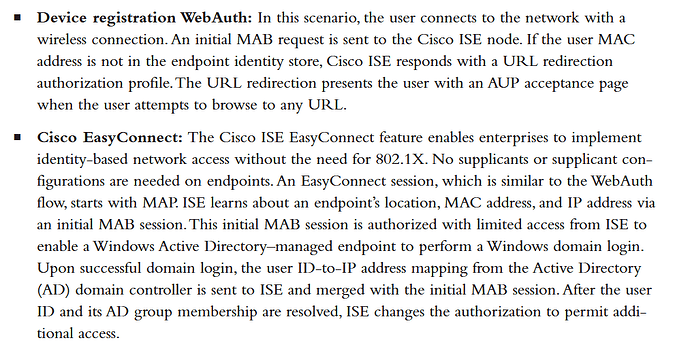Hello David!
The primary difference between the two is their scope.
Here’s a short overview of each. I will create a NetworkLessons note on the topic in the near future too…
802.1X:
- 802.1X is an IEEE Standard for port-based security. It is a protocol that provides an authentication mechanism to devices wishing to attach to a LAN or WLAN.
- It is primarily focused on the authentication phase, ensuring that only authenticated devices can connect to the network. This process involves three components: the supplicant (device wishing to connect), the authenticator (network device such as a switch or wireless access point), and the authentication server (typically a RADIUS server).
- The key function of 802.1X is to prevent unauthorized access at the point of entry to the network. It doesn’t dictate what happens post-authentication or provide extensive policies for different users or devices beyond access control.
Network Access Control (NAC)
- NAC is not based on a specific protocol like 802.1X. Instead, it refers to a broad collection of technologies and solutions designed to enforce security policy compliance on devices before they access the network.
- NAC solutions offer a wide range of functionalities beyond simple authentication. These include post-admission control over devices, compliance checks (such as whether the antivirus is up to date), and the ability to enforce policies dynamically based on user role, device type, location, and other factors.
- NAC solutions are more comprehensive in scope, providing detailed control over network access, ongoing monitoring of devices on the network, and the capability to respond to changes in device status or compliance with security policies.
So 802.1X focuses on authenticating devices at the point of entry to the network, NAC encompasses a broader set of tools and technologies aimed at continuously managing and enforcing security policies for devices both before and after they gain access to the network. NAC can utilize 802.1X as part of its implementation but extends far beyond it in functionality and control.
I hope this has been helpful!
Laz
